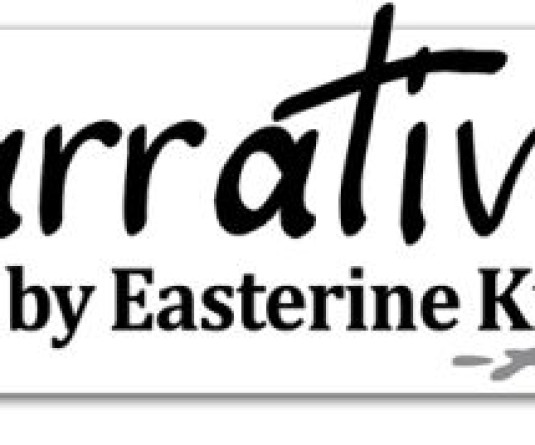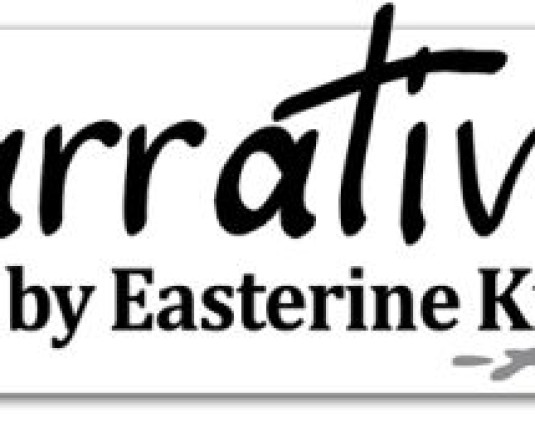
2nd edition, Cherrie Lalnunziri Chhangte
Blaft Publications, 2023, pp 114, Rupees 395
Readers in the 21st century are very fortunate. The abundance of good books coupled with great printing within India makes reading a highly pleasurable experience.
This is not a book review. It is an appreciation of the book, ‘Mizo Myths,’ which the author takes care to define as transcreations. Cherrie Lalnunziri Chhangte has retold 15 stories of supernatural creatures and their encounters, both romantic and fearful, with humans. The author, in her introduction, states, ‘My interest in Mizo folktales was awakened much after I had forayed into the world of literary studies. I realized that nearly all narratives can be traced back to folk stories. Tribal societies in general are very rich in oral narratives, and within these narratives, the wisdom, beliefs, preoccupations, and folkways of a people can be discerned. At the core of seemingly simple tales are embedded folk attitudes regarding social structures, gender relations, spiritual belief, relationships with nature, and survival strategies. Moreover, elements of song and dance, the poetic and the prosaic, the mythical and the ridiculous, all come together to form a unique fabric of narrative structures that are unlike any other ‘modern’ plot – and yet paradoxically use the same archetypes found in so much of today’s literature, in any genre.’ This perspective of the writer shows the way forward for studying indigenous literatures and cultures. The folktale was an art form designed to carry so much more than just entertainment or moral education. It explained the mysteries of life through creation myths, and migration narratives.
Chhangte says she makes attempts at transcreating, not translating, stories orally handed down the generations. Transcreation is also referred to as creative translation because ‘the content is not translated word for word.’
Transcreation is a term from the fusion of the words, ‘translation’ and ‘creation.’
The cover illustration is by Alyssa Pachuau, a name many readers would recognise as the illustrator of T. Keditsu’s book, ‘Ukepenuopfü.’
Chhangte has many stories about were tigers in her collection. The Mizo were tiger, referred to as Keimi, is very different from the Naga were tiger. While Nagas look at the tiger tradition as one of dual-soulling with the tiger, the Mizo Keimi can transform itself into a tiger at will. In one of the stories, the hunter hero, Khualtungamtawna, marries a beautiful woman, not knowing she was a were tigress. The reality was that her whole family were tigers. Such a union ultimately ends in tragedy.
The Mizo myths present the archetypal good vs. evil plot of folktales all over the world. After all, the world of the folktale is a distinctly moral world where it is imperative that evil should be destroyed so that normalcy can be restored to the world.
The parallels between Naga and Mizo folktales are really startling.
In one story, a Keimi lays a plot and wins the hand of the maiden, Kungawrhi. But his identity is discovered and two young warriors volunteer to rescue her. This story is almost a parallel of the Zeliang folktale, ‘The Elephant husband,’ a story where an unfortunate woman ends up marrying an elephant but is rescued by two young men. Since folktales and fables follow a definite storyline and present nearly identical plots, it should not surprise us to find Naga folktales that are akin to Mizo folktales. Tales travel very long distances and fables always have something in common in spite of the differences in languages and cultures.
In ‘The story of Chawngtinleri,’ faeries or spirits of the hills, abduct the beauteous maiden Chawngtinleri from her home although she was being carefully guarded day and night by her brother Liana. Chawngtinleri became the wife of the King of Lalchungnunga, the fairy king. She was allowed to visit her village once with her child, but an incident happens after which she is not allowed to visit anymore. This story of wife abduction by spirits is very close to the Sumi folktale about the matchless Pelikutoli, who refused suitor after suitor only to be taken away by a shining sky husband. Similar to Chawngtinleri, Pelikutoli has a child and visits her family with her child, but the baby boy dies when her brothers dandle it. Pelikutoli resurrects her dead son, and returns to her sky home but is never able to return to earth. In both stories, loss is always seen as associated with human-spirit unions.
Human- animal pairings appear in both Mizo and Naga folktales. The maiden Chawngchilhi falls in love with a python, and their love is discovered by her angry father who kills the serpent. The Phom Nagas have a tale about a young woman, Momola, who becomes lovers with a giant creature of the sea.
In transcreating the stories, Chhangte’s language flows smoothly. I enjoy the manner in which she adds native words to the narrative in an incongruous manner, offering the meaning of the new word as part of the conversation. There are no barriers between the world of mortals and the world of spirits. No boundaries hold back inhabitants of one world from entering the other. The denizens cross back and forth, yet the one world is fraught with danger and the foolish or the uninitiated easily meet their ends by their own foolishness.
The last section of the book has some very interesting ancestral tales, made up of creation myths, animal tales like ‘The naming of the animals’ and ‘The great war of animals,’ ‘The Tortoise and the Python’s eggs’ and others. There are stories that mythically explain solar eclipses and lunar eclipses. All these are part of Folklore logic, because the lore of the folk provides answers to natural phenomena using stories to answer the why questions. Easily available on Amazon, this is a book that all age groups can enjoy.






